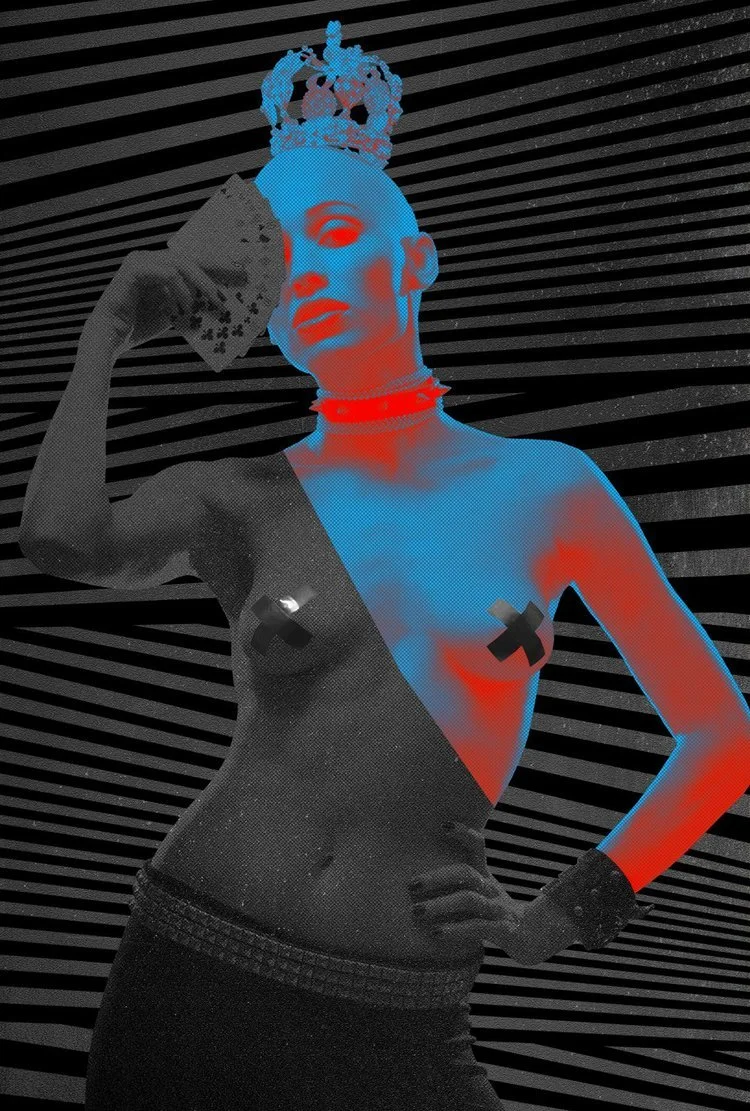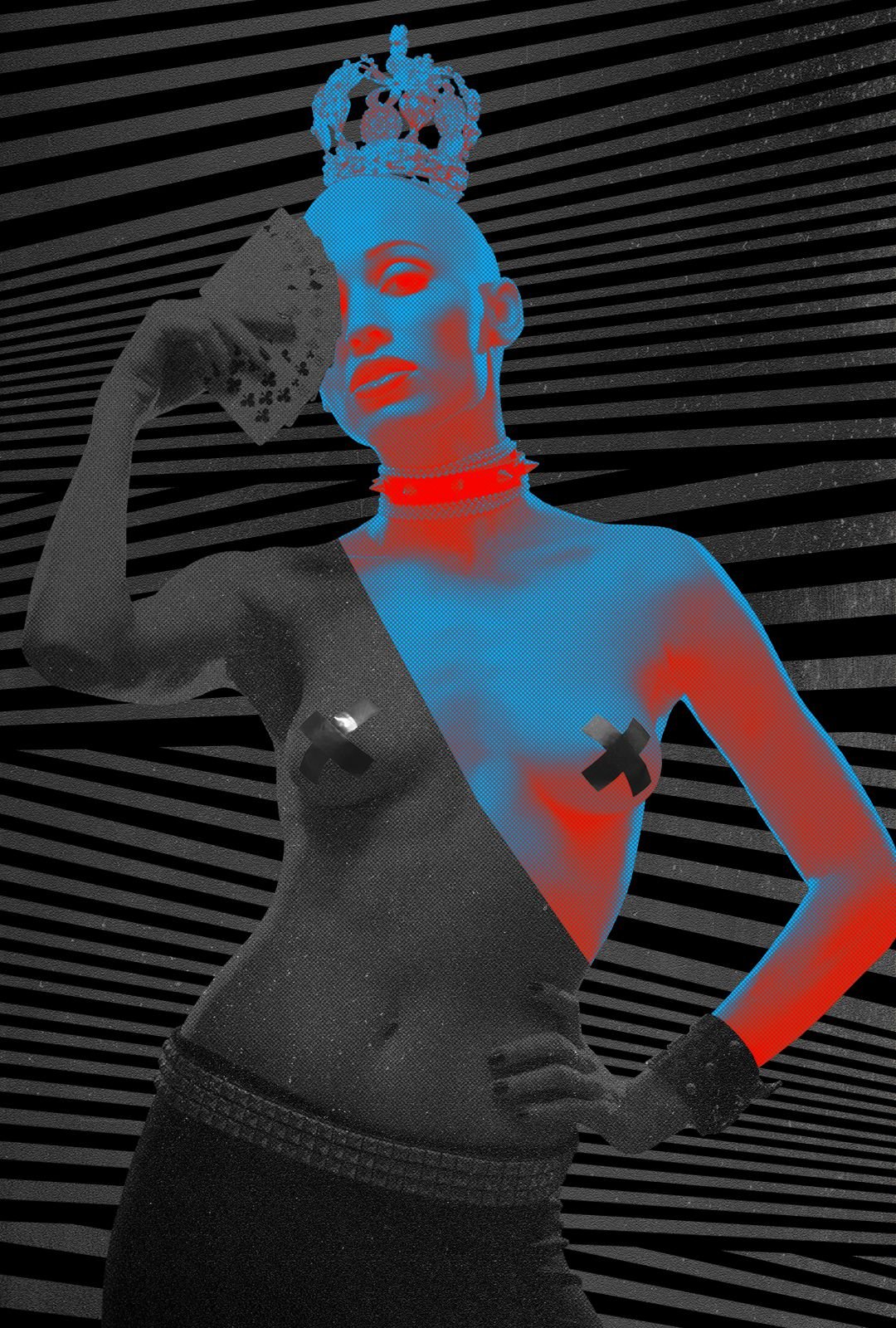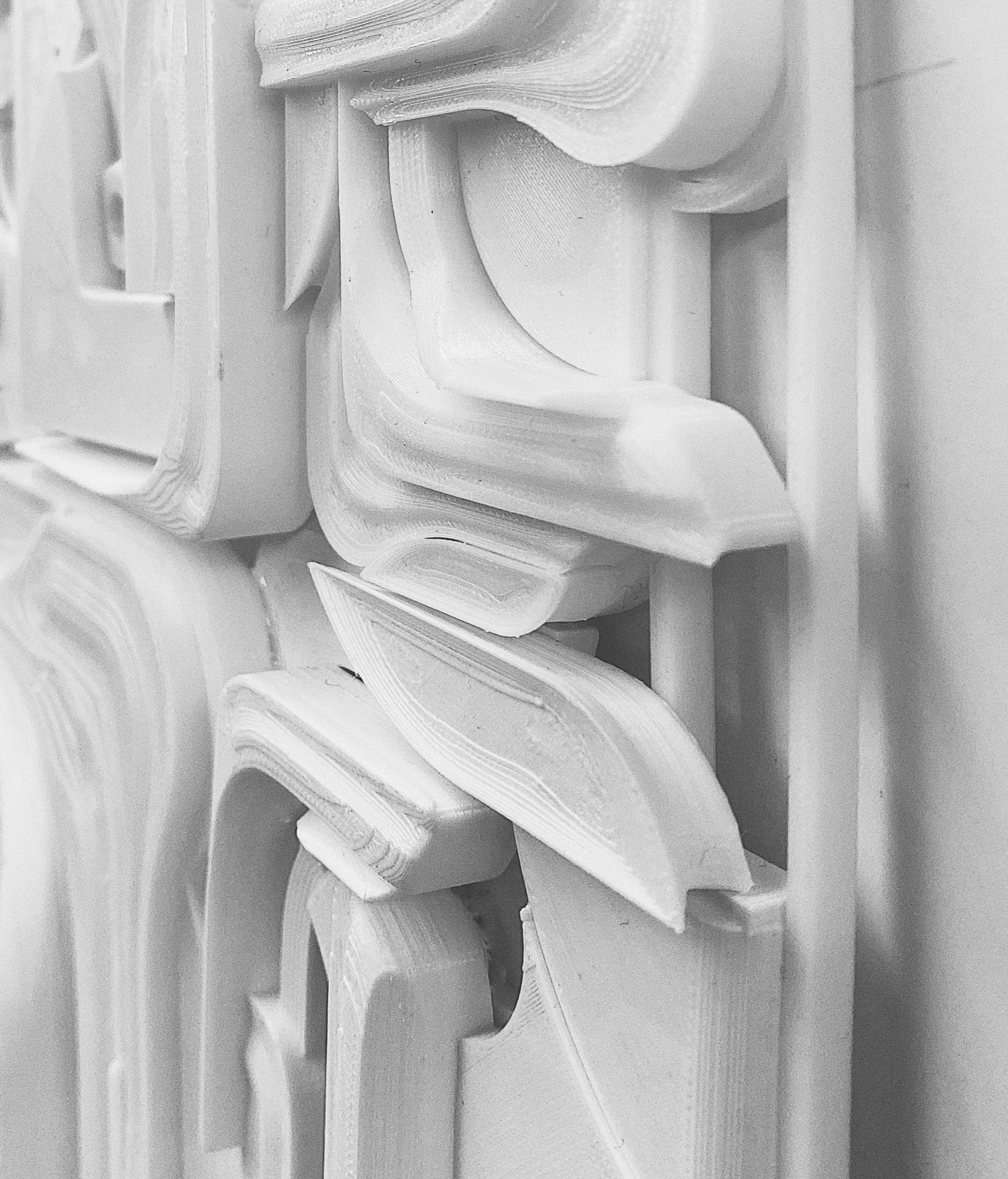10 Questions with Galla
AL-TIBA9 ART MAGAZINE ISSUE11 | FEATURED ARTIST
Marcus Ferreira is a Portuguese-Brazilian designer. Resident in Porto since 2017, when he exchanged the excitement of Rio de Janeiro for the excellent quality of life in Portugal.
With a background in Industrial Design, during his career, he directed his efforts and achievements toward design with extensive experience in implementing visual projects for clients in a wide range of sectors. The conflict between the designer and the digital artist has always cohabited his creative universe.
During the pandemic in February 2021, the encounter with a new technology legitimized a lifetime aspiration. Finally, digital art can be certified in authenticity, ownership, and rarity on the blockchain. With NFTs (non-fungible tokens), a breath of fresh air. Galla was born - a crypto artist. In May 2021, the CryptoArtCulture platform was launched, bringing Kilowatt, the first crypto art edition from the Electra Collection_.
Galla is the artistic pseudonym of Alessandro Marcus Ferreira, a crypto artist, enthusiast of the decentralized world, and the "head" behind CryptoArtCulture. Galla's creative process is triggered by the availability and alignment of a human, a computer, the internet, blockchain, and electricity. The result is a digital art that finds the decentralized platforms the perfect setting for its diffusion and a disruptive business angle in NFTs. Galla takes risks, signals, and transversals. It shortens the space between the present and the future, occupying it as a guiding thread in translating technological innovations from the cryptographic universe into contemporary art_
Galla - Portrait | Photographer: Denis Pinto
ARTIST STATEMENT
Here is the emergence of a new paradigm based on the revolutionary technology of blockchain, where subjectivity and intangibility come together. New realities emerge, and connectivity becomes a lead character, "peer-to-peer".
Blockchains - decentralized and disruptive technology - advance, NFTs are created, smart contracts are established - releasing creative and artistic energy - and ensuring artworks digital scarcity and authenticity, giving rise to new methodologies of creative logic and cooperation.
Decentralization of aesthetics and knowledge "coated" horizontality. Digital art acquires relevance in the artistic-cultural scene enabling the public to enjoy works of art originally created for the blockchain.
Electra Collection emerges from this scenario of disruption and decentralization as the first solo exhibition of crypto art in a Portuguese gallery space. Galla, an official crypto artist of the platform CryptoArtCulture, finds in this scenario artistic freedom, the right timing for diffusion, and a disruptive business angle in NFTs.
Electra Collection is an ode to electric energy – a queen of power, a key element, and a reminder of devotion. The collection's works reflect the concern about energy consumption in the blockchain technology and crypto universe.
The set on display is a result of an exclusive art photo shooting project, aesthetically crafted by extensive editing layers. These videos are focused on 2D animation and are divided into four editions: Kilowatt, Megawatt, Gigawatt, and Terawatt.
The post-punk aesthetics embrace disruption, and the presence of the feminine is rescued: after all, "who gives us the spark of life"?
Electra kW #03, 1080x1600 px, Video, 2021 © Galla
INTERVIEW
Let's start with the basics; how did you turn Marcus Ferreira into Galla? Did you always want to be an artist?
I believe an artist is born an artist. From a very early age, I caught everyone's attention for having an unusual aesthetic sense. My first fascination was with toy packaging. The visual fantasy that the packaging conveyed to me always had a much greater impact than the content of the packaging itself.
Over the years, this aesthetic sense was refined, I studied fashion and industrial design and graduated in graphic design in 1996. For these more than 25 years, I worked as a designer for advertising agencies and as a creative director for my own creative studio.
The turning point happened in February 2021, when I had an "encounter" with NFT technology through a School of Motion podcast that featured digital artist Beeple. From that moment on, I understood that digital artwork could be certified and marketed just like physical artwork. It was the revolution of property and intellectual records that many digital artists had been longing for years.
Galla's crypto art was born, my digital art projects gained courage and left the computer's screen, I created the first series of Electra Collection NFTs, founded the CryptoArtCulture platform, and in November 2021, I held the first solo exhibition by a crypto artist in a gallery space in Portugal. In parallel, I have been giving lectures at summits and educational institutions, as well as writing articles on Blockchain technology, NFTs, and tokenization.
You come from a design background, and you worked in Industrial Design before turning to art. Does it influence your work now? Are there more similarities or differences between the two?
In my case, design has a technical influence. The several years in which I worked in the area have enabled me to carry out a variety of visual projects. However, conceptually, a work of digital art is born in a completely different way, with much more time for research, testing, and implementation.
I think there are many more differences than similarities between design and art. In design, although aesthetics is present, all work is at the service of solving specific issues. Digital art, on the other hand, opens space for dialogue. Visual compositions are based on infinite experimentations through which the concept solidifies. Creative and expressive freedom makes all the difference in the artistic field.
Electra kW #02, 1080x1600 px, Video, 2021 © Galla
Electra kW #04, 1080x1600 px, Video, 2021 © Galla
Electra kW #05, 1080x1600 px, Video, 2021 © Galla
You also founded the platform CryptoArtCulture. What can you tell our readers about it?
CryptoArtCulture is a platform dedicated to research, education, and project development through disruptive solutions based on Blockchain technology and the digital certificate revolution - the NFT (Non-Fungible Token).
From an innovative angle of action, we promote the financial viability of common good causes by fusing art with these technologies, creating more efficient, transparent, safe, and immediate solutions. We boost cooperation and value creation, where everyone wins.
We promote access to information, acquainting people and organizations with this new technology reality characterized by decentralization and horizontality.
How did NFTs revolutionize your way of working and making art? Did you do digital art before getting to know NFTs, or is it something you just discovered recently?
I don't particularly believe that NFT technology has revolutionized the way art is made, the technology itself is revolutionary. Its arrival opens space for digital artists like me, who until then saw their artistic production exposed to the issue of copies. The non-fungible token legitimizes digital art by introducing the authenticity factor, something previously unfeasible for a digital asset.
Regarding digital art, it has always been present in moments of escape. At the same time, design has had great importance in my professional life. I have always viewed it as a restrictive and limiting factor in creative terms. A certain frustration always accompanied me throughout this journey.
This feeling was what made me start dedicating myself in parallel to personal projects, where I could have more artistic freedom in the construction of visual pieces and where the applied art of design gave way to pure conceptual and aesthetic inspiration.
In your statement about your series, you say, "Electra Collection is an ode to electric energy – a queen of power, a key element, and a reminder of devotion." What can you tell us about this series?
Electric energy is paramount to our daily lives. As humans, we can't live without food, and as digital creatures, we can't live without electricity. We tend to underestimate how many aspects of our lives require a constant charging and recharging cycle.
Energy consumption is a significant concern in the crypto universe. Still, newer developments prove it is possible to operate in crypto while reducing electricity waste and valuing this resource. Some second and third-generation blockchains are already working to solve this issue.
The works that compose Electra Collection reflect this concern, concomitantly with the genuineness, authenticity, and property that this technology attributes to them through the revolution of smart contracts, which allows to position digital art with the same reliability as other artistic representations in the context of contemporary art.
The Kilowatt [kW] Edition set on display here is the result of an exclusive art photo shooting project that was aesthetically crafted through extensive editing layers. These six videos (each lasting 24 seconds) are devoted to 2D animation and will be divided into three additional editions: Megawatt, Gigawatt, and Terawatt (yet to be launched).
What messages do you want to convey with your art? And how is the blockchain and the NFT technology helping you to spread those messages?
We are living in an unprecedented moment for digital art. The emergence of NFT technology opens up a universe of possibilities. With all this technological revolution at hand, I believe that digital will play an unprecedented role in the contemporary art scene.
My art "wears its best clothes" and presents itself in this technological moment.
The moment of my artistic production focuses on making the most of these technologies by associating digital art with causes of the common good, as is the case of Electra, which warns of the importance of renewable energies and the reduction of carbon emissions in the atmosphere.
The work is housed in a blockchain, a decentralized and horizontal environment ideally conducive to a new form of cooperative and economic reasoning, where art gains not only protagonism but also the representation of new roles in the social context, acting as a transforming agent.
As a digital artist, what do you think of online exhibitions? Do you prefer them over in-person exhibitions?
Exhibitions in online galleries are valid forms of dissemination and commercializing artistic work because they go beyond physicality and its borders. This is already a preparation for the Metaverse boom that is knocking on our doors.
In terms of visual and immersive impact, nothing replaces the physicality of an exhibition in a physical gallery, in fact, many of them (galleries, museums, and art fairs) are already aware of this transformation and adapting their spaces for the exhibition of NFTs.
Is there anything else you would like to experiment with or incorporate into your practice?
Of course, this whole technological revolution is still taking its first steps. Megawatt, the next edition of Electra Collection, follows the evolution of smart contracts and already incorporates new perspectives of action.
Electra Collection - Exhibition View © Galla | Photographer: Denis Pinto
Electra Collection - Exhibition View © Galla | Photographer: Denis Pinto
Are you working on any new projects right now? Any exciting project or collaboration you would like to share with our readers?
As previously stated, in September 2022, we will be launching the Megawatt [MW] Edition at the FEUP gallery – Faculty of Engineering of the University of Porto.
This next series to be "programmed", carries more complex smart contracts, its own marketplace, splits for commercialization, win-win partnerships with projects that respond to energy sustainability and carbon emission causes, fractionalization of NFTs for collective acquisition and benefit mechanisms.
All this technology is being developed in partnership with the Brazilian technology company GoBlockchain.
The event will be accompanied by a series of lectures for FEUP's Master in Multimedia students, entitled "Blockchain: an evolving revolution".
Finally, what are your plans for the future? What do you think (and wish) the future holds for us?
I'd rather replace the word future for now. Galla shortens the space between the present and the future, occupying it as a guiding thread in the translation of technological innovations from the cryptographic universe into contemporary art.
My wish is that humankind stops moving backward and progresses in line with technology.
Photo: Denis Pinto
Translation: Carolina Martins


























